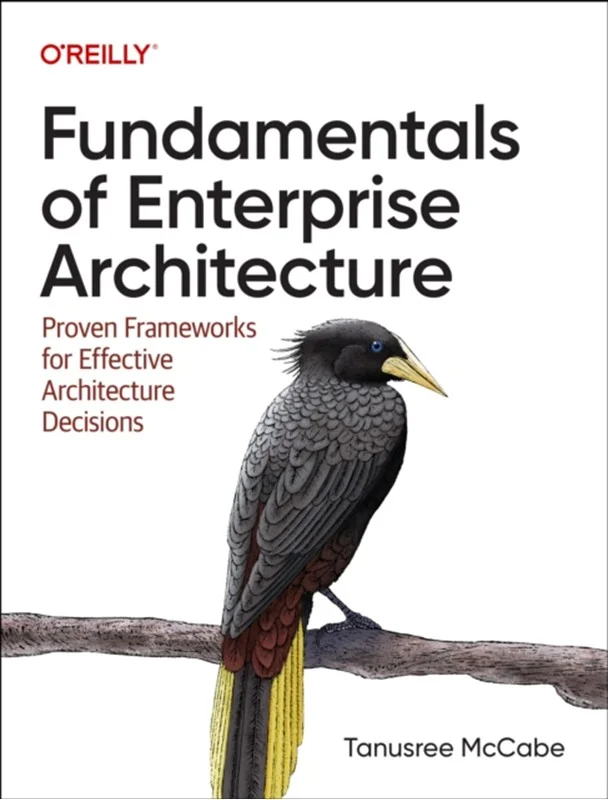
Mærke
- Taylor & Francis Ltd 79.926
- Cambridge University Press 12.996
- Oxford University Press 7.193
- Springer Nature Switzerland AG 6.862
- Taylor & Francis Inc 6.344
- Springer International Publishing AG 4.167
- Oxford University Press Inc 4.148
- Rowman & Littlefield 3.185
- John Wiley & Sons Inc 2.905
- John Wiley and Sons Ltd 2.716
- Bloomsbury Publishing PLC 2.229
- SAGE Publications Inc 2.175
- Palgrave Macmillan 2.108
- Bloomsbury Publishing Plc 1.964
- Lexington Books 1.958
- Springer Verlag, Singapore 1.869
- Princeton University Press 1.822
- Sage Publications Ltd 1.675
- Nova Science Publishers Inc 1.591
- McFarland & Co Inc 1.444
- University Press of America 1.263
- World Scientific Publishing Co Pte Ltd 1.204
- Peter Lang AG 1.121
- Pearson Education Limited 978
- APress 888
- Peter Lang Publishing Inc 858
- Springer-Verlag Berlin and Heidelberg GmbH & Co. KG 835
- Stanford University Press 757
- University of California Press 716
- Schiffer Publishing Ltd 672
- The University of Chicago Press 668
- Yale University Press 625
- Cornell University Press 596
- Guilford Publications 557
- Scarecrow Press 544
- Johns Hopkins University Press 497
- Springer-Verlag New York Inc. 496
- Elsevier - Health Sciences Division 486
- University of Toronto Press 468
- O'Reilly Media 461
- Emerald Publishing Limited 450
- The University of North Carolina Press 441
- Pearson Education (US) 426
- Springer Publishing Co Inc 408
- Elsevier Science Publishing Co Inc 375
- Peter Lang AG, Internationaler Verlag der Wissenschaften 369
- Columbia University Press 368
- New York University Press 368
- Elsevier Health Sciences 361
- Bristol University Press 354
- McGraw-Hill Education - Europe 345
- Cengage Learning, Inc 338
- Elsevier Science & Technology 333
- Emerald Publishing Inc 329
- Fordham University Press 326
- Jessica Kingsley Publishers 324
- River Publishers 318
- University of Pennsylvania Press 316
- Rowman & Littlefield International 310
- Jaypee Brothers Medical Publishers 300
- Pennsylvania State University Press 299
- Springer 278
- National Academies Press 274
- Kogan Page Ltd 273
- Harvard University Press 270
- McGraw-Hill Education 269
- Rizzoli International Publications 269
- State University of New York Press 268
- Archaeopress 248
- American Psychological Association 238
- Verlag Peter Lang 238
- Duke University Press 236
- Manchester University Press 236
- University of Minnesota Press 229
- MIT Press Ltd 217
- CABI Publishing 214
- Manning Publications 214
- New India Publishing Agency 212
- Temple University Press,U.S. 209
- Momentum Press 208
- Left Coast Press Inc 205
- SDC Publications 202
- University Press of Kansas 201
- Phaidon Press Ltd 191
- Jason Aronson Publishers 185
- Thomas Nelson Publishers 182
- Birkhauser 178
- Indiana University Press 176
- Peter Lang International Academic Publishers 175
- Zondervan 174
- Teachers' College Press 170
- American Mathematical Society 168
- American Psychiatric Association Publishing 163
- Georgetown University Press 163
- Thames & Hudson Ltd 163
- Transcript Verlag 163
- Hachette Learning 160
- American Library Association 152
- University of Notre Dame Press 148
- De Gruyter 140
























